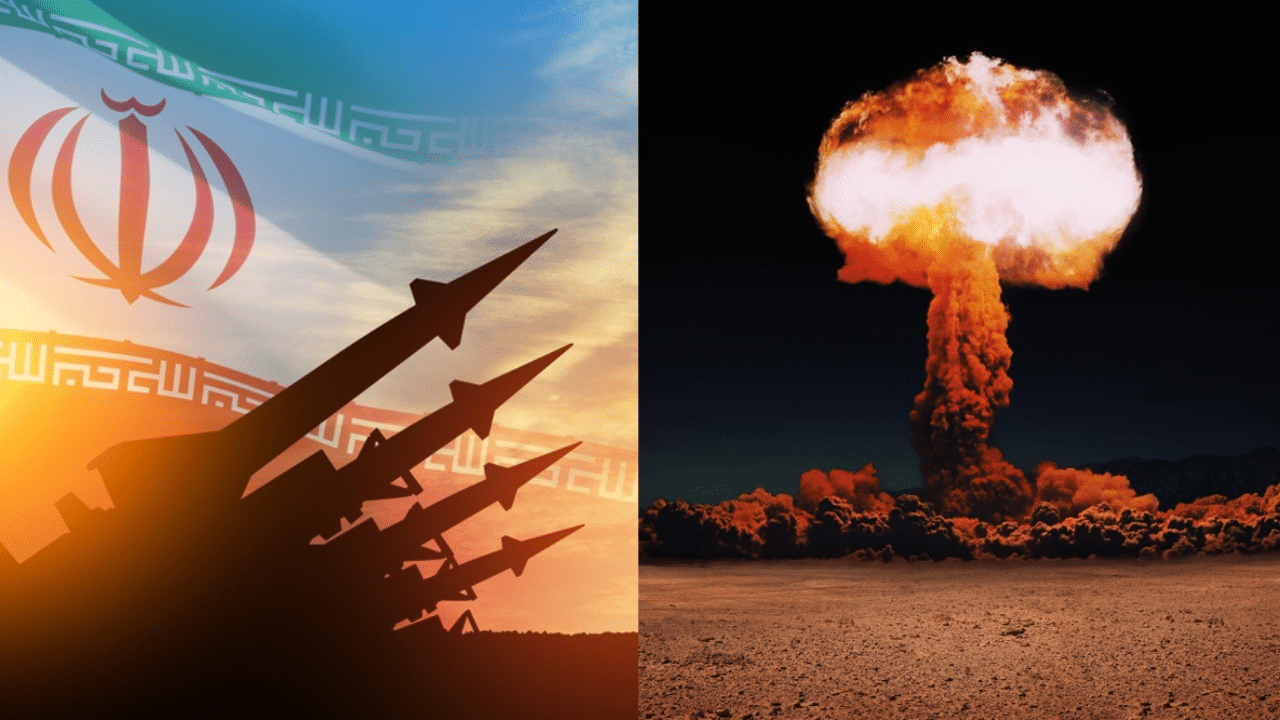The silvery-blue waters of the Great Salt Lake sprawl across the Utah desert, having covered an area nearly the size of Delaware for much of history. For years, though, the largest natural lake west of the Mississippi River has been shrinking. And a drought gripping the American West could make this year the worst yet.
The receding water is already affecting the nesting spot of pelicans that are among the millions of birds dependent on the lake. Sailboats have been hoisted out of the water to keep them from getting stuck in the mud. More dry lakebed getting exposed could send arsenic-laced dust into the air that millions breathe. “A lot us have been talking about the lake as flatlining,” said Lynn de Freitas, executive director of Friends of the Great Salt Lake.
The lake’s levels are expected to hit a 170-year low this year. It comes as the drought has the U.S. West bracing for a brutal wildfire season and coping with already low reservoirs. Utah Gov. Spencer Cox, a Republican, has begged people to cut back on lawn watering and “pray for rain.”
For the Great Salt Lake, though, it is only the latest challenge. People for years have been diverting water from rivers that flow into the lake to water crops and supply homes. Because the lake is shallow — about 35 feet (11 meters) at its deepest pointless water quickly translates to receding shorelines.
The water that remains stretches across a chunk of northern Utah, with highways on one end and remote land on the other. A resort — long since closed — once drew sunbathers who would float like corks in the extra salty waters. Picnic tables once a quick stroll from the shore are now a 10-minute walk away. READ MORE


















